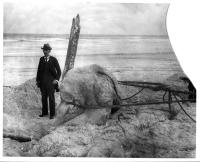
The St. Augustine Monster,1897, by DeWitt Webb, photograph
In most cases, no one ever manages to find the carcass of a dead sea serpent or lake monster washed up on a beach. The one big, literal and figurative, exception are the”globsters,” massive carcasses which have been washing shore for more than a century. A globster is usually defined as a large, unidentified organic mass that washes up on the shoreline of an ocean or other body of water. In many cases they have no eyes, head, or identifiable bone structure. One such globster was the “St. Augustine Monster” which washed ashore on the coast near St. Augustine, Florida, in 1896. Partially covered by sand, the exposed portion was over 18 feet long and 7 feet wide. It was estimated to weigh over five tons. The mass had no apparent bones but appeared to have tentacles, so it was originally identified as a new type of giant octopus.

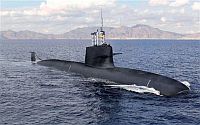
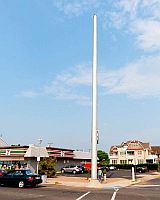 Next to a 7-11 convenience store on 8th Avenue, about a half block from the beach, in the New Jersey shore community of
Next to a 7-11 convenience store on 8th Avenue, about a half block from the beach, in the New Jersey shore community of 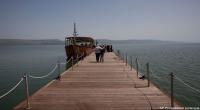 It is a conical shaped structure built of boulders, roughly 230 feet in diameter, 30 feet high and weighing an estimated 60,000-tons, 40 feet underwater in the Sea of Galilee. And archaeologists have no idea what it is. Based on the build up of sediment, it is between 2,000 and 12,000 years old, which is too wide a range to help identify it. It’s not even clear if the structure was built on land when the sea levels were lower, or if it was constructed underwater. The structure was located in 2003 by sonar scan. Now ten years later, researchers from the Israel Antiquities Authority are mounted an expedition to attempt to learn more about the unexpected mound of boulders, which they speculate could have been a burial site, a place of worship or even a fish nursery.
It is a conical shaped structure built of boulders, roughly 230 feet in diameter, 30 feet high and weighing an estimated 60,000-tons, 40 feet underwater in the Sea of Galilee. And archaeologists have no idea what it is. Based on the build up of sediment, it is between 2,000 and 12,000 years old, which is too wide a range to help identify it. It’s not even clear if the structure was built on land when the sea levels were lower, or if it was constructed underwater. The structure was located in 2003 by sonar scan. Now ten years later, researchers from the Israel Antiquities Authority are mounted an expedition to attempt to learn more about the unexpected mound of boulders, which they speculate could have been a burial site, a place of worship or even a fish nursery.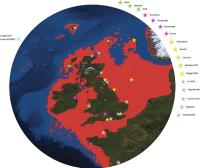
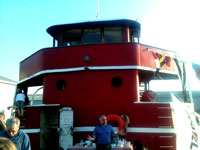
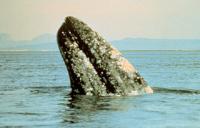 A
A 
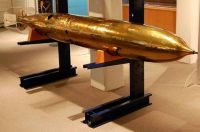 The
The 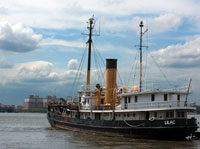 For the last 30 years, New York has welcomed ships and crews from the US Navy and Coast Guard to the harbor around the Memorial Day weekend during a celebration of
For the last 30 years, New York has welcomed ships and crews from the US Navy and Coast Guard to the harbor around the Memorial Day weekend during a celebration of 
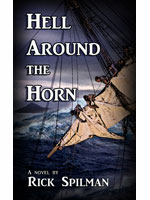
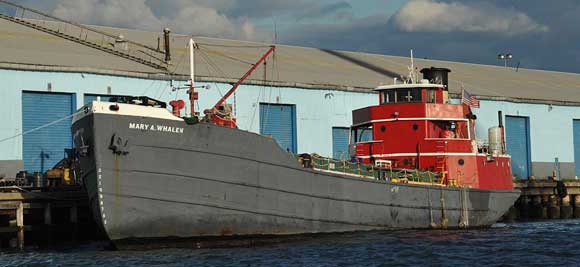
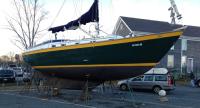 All the reporting on this story talks about a “ghost ship” for sale by auction in Newburyport, MA.
All the reporting on this story talks about a “ghost ship” for sale by auction in Newburyport, MA. 
 Joan Druett
Joan Druett